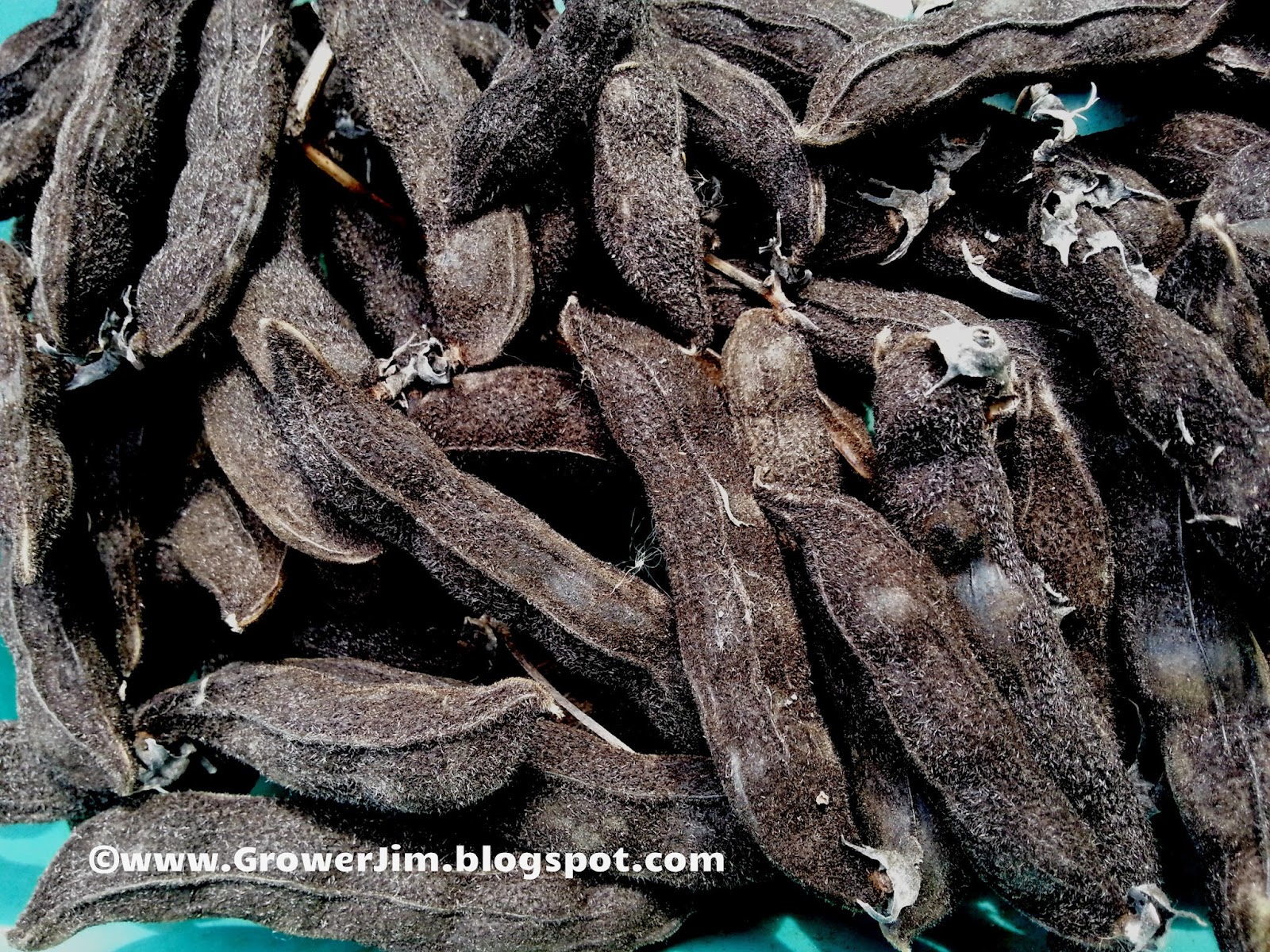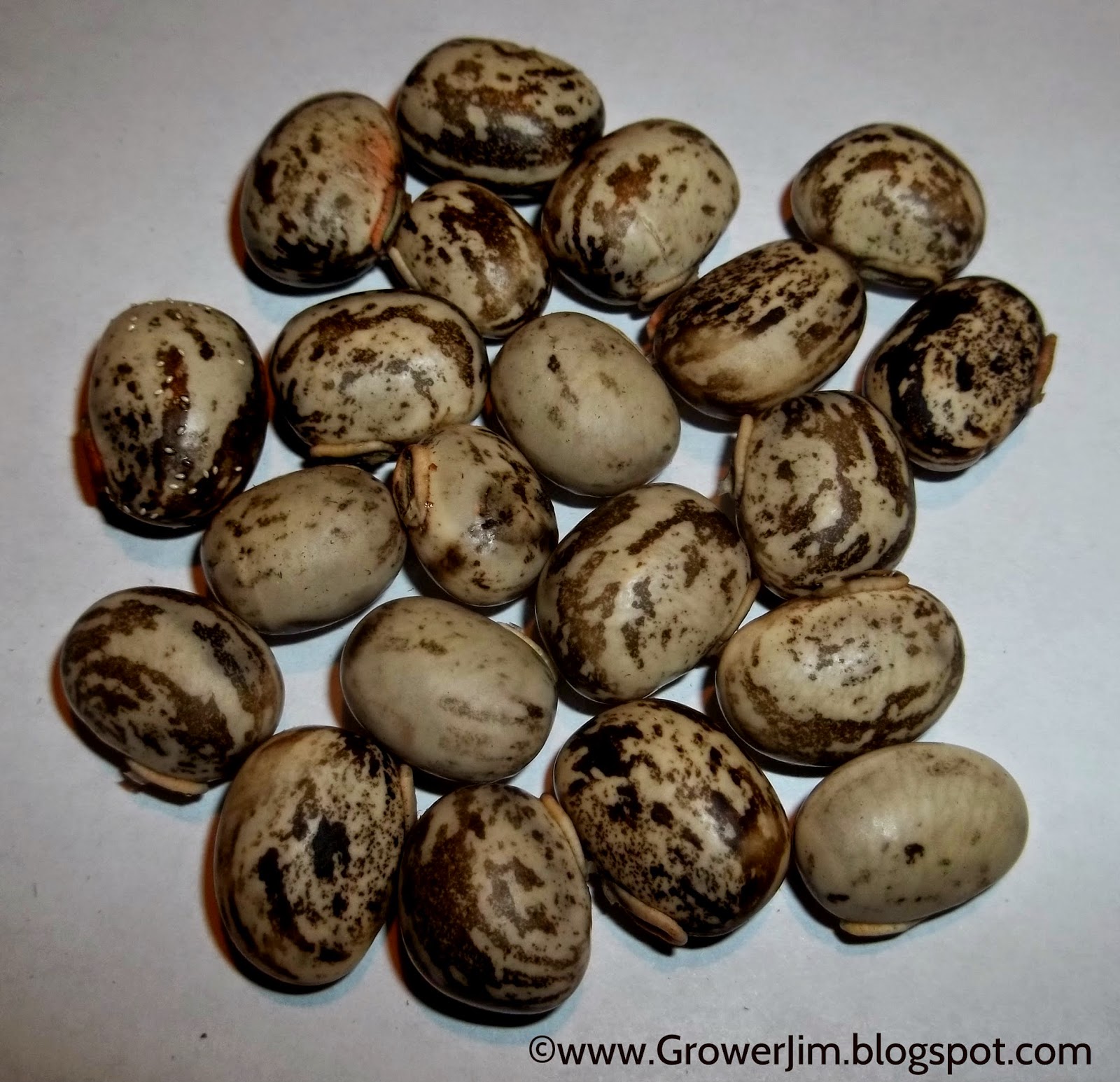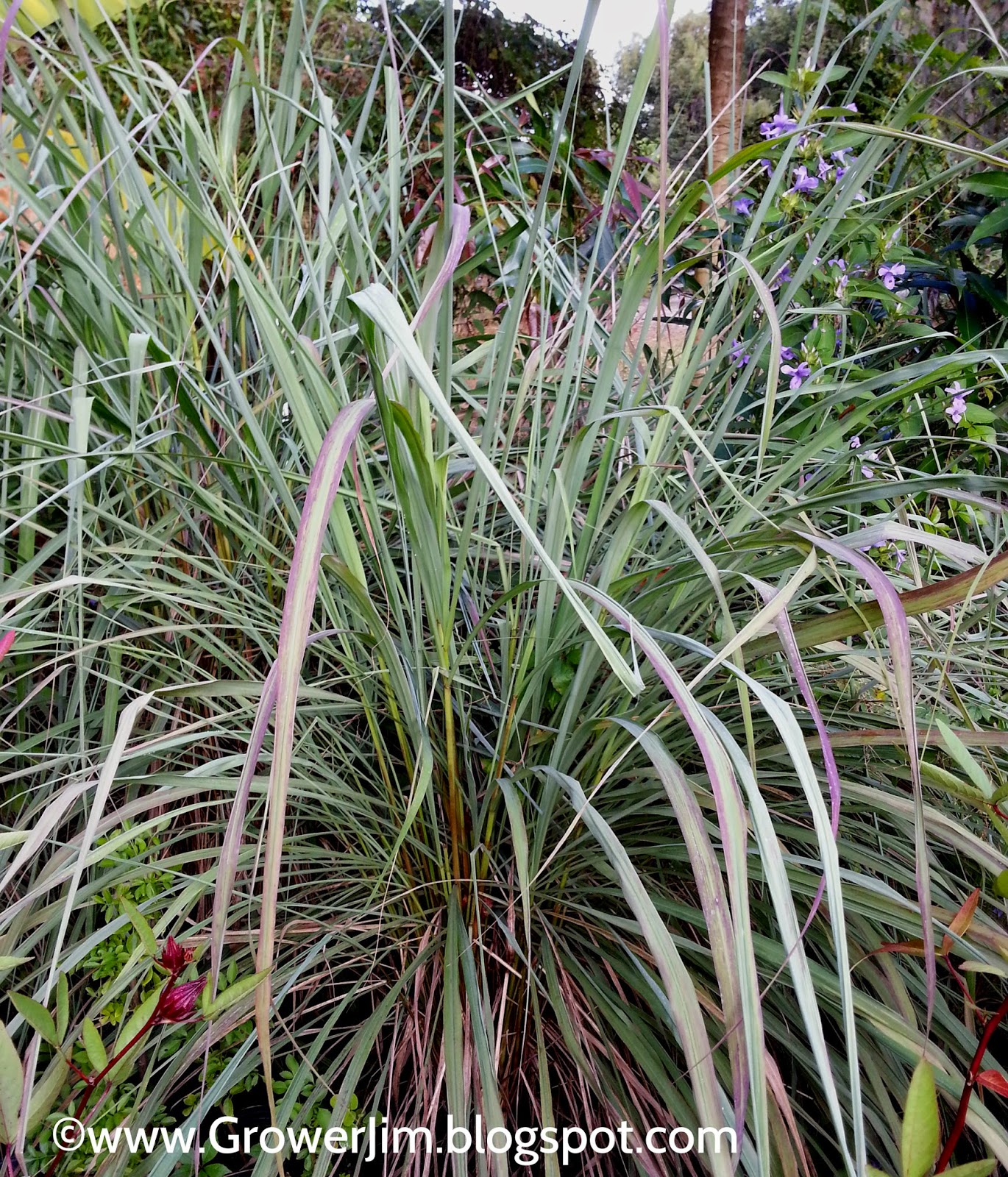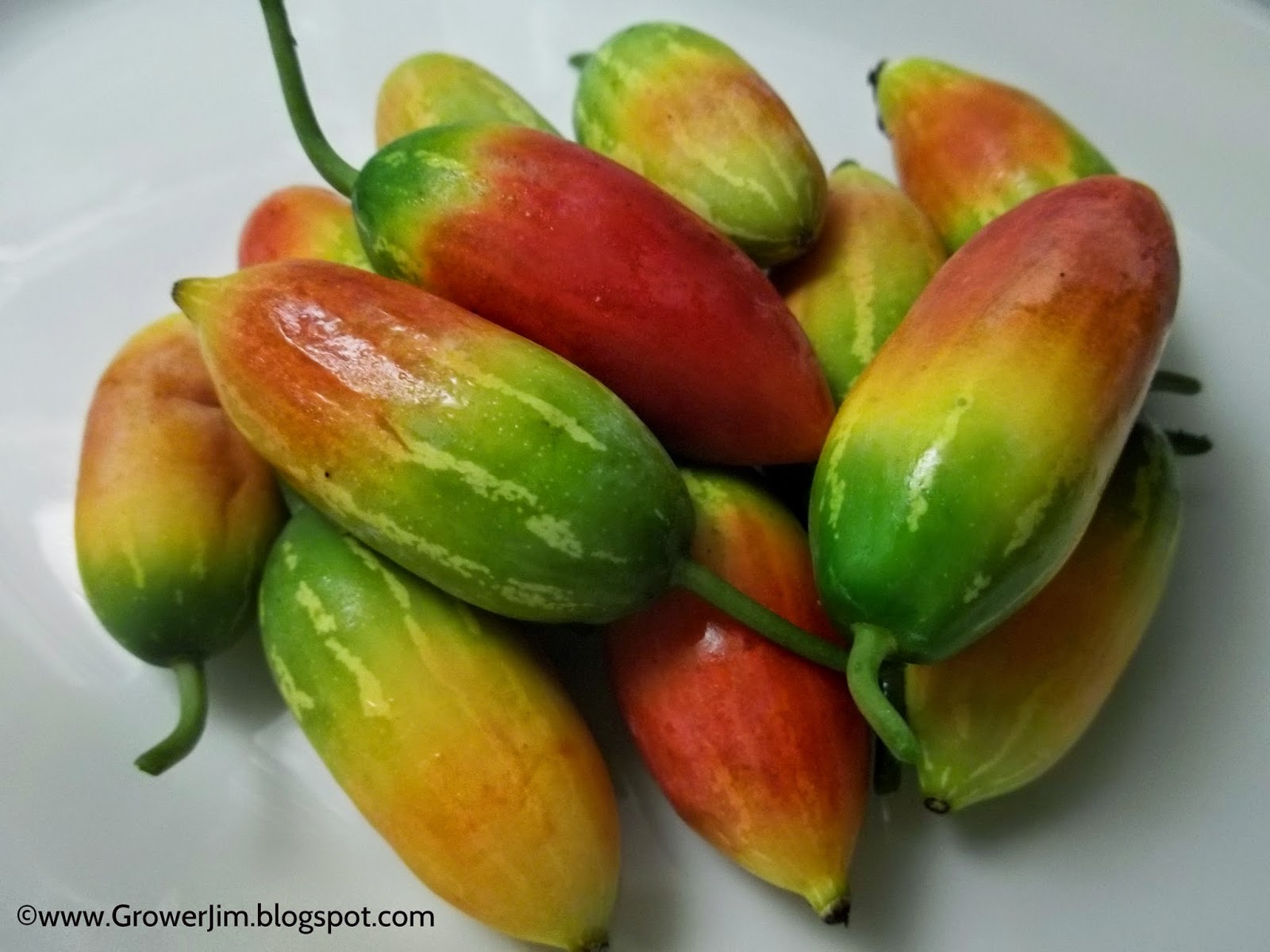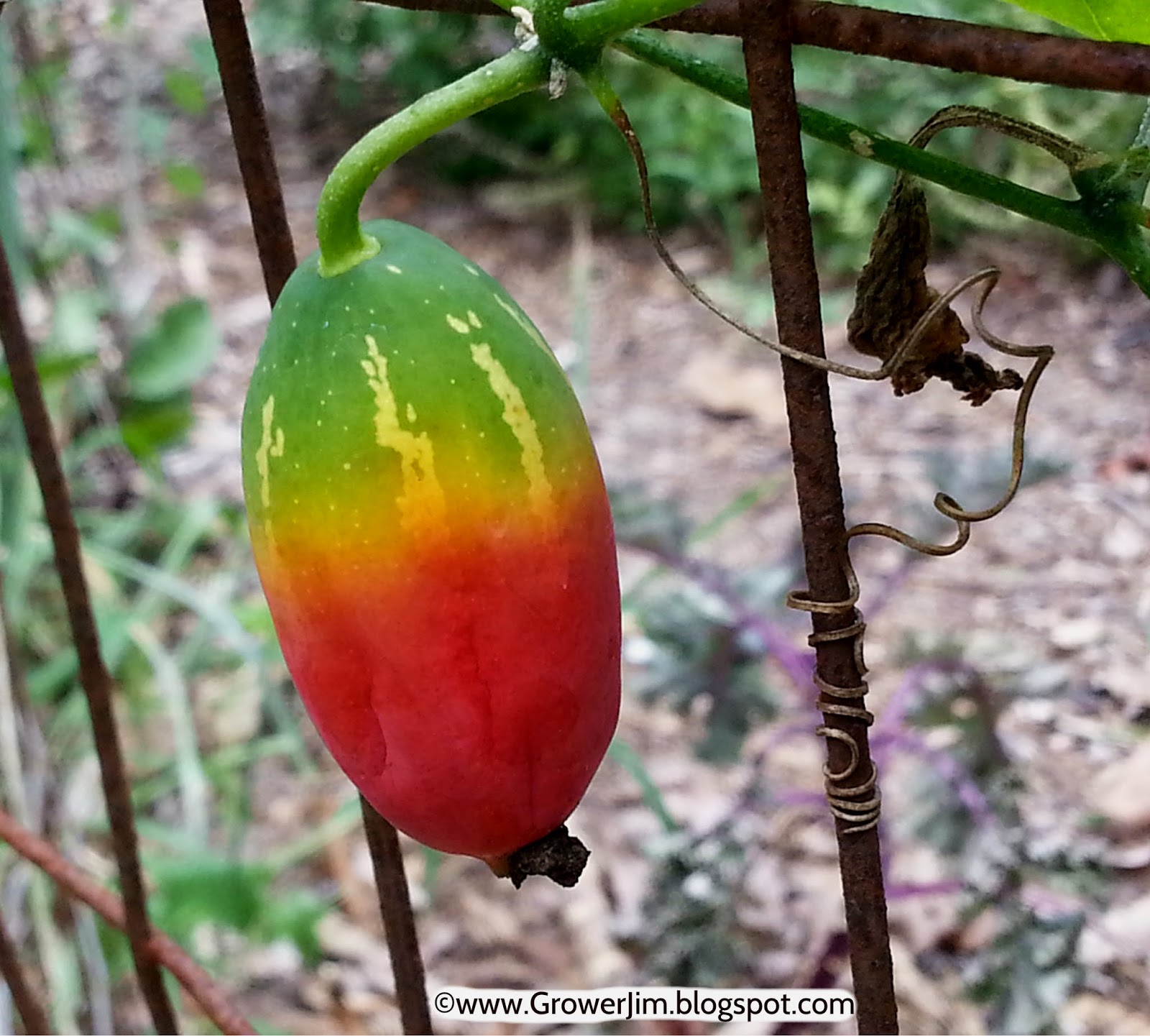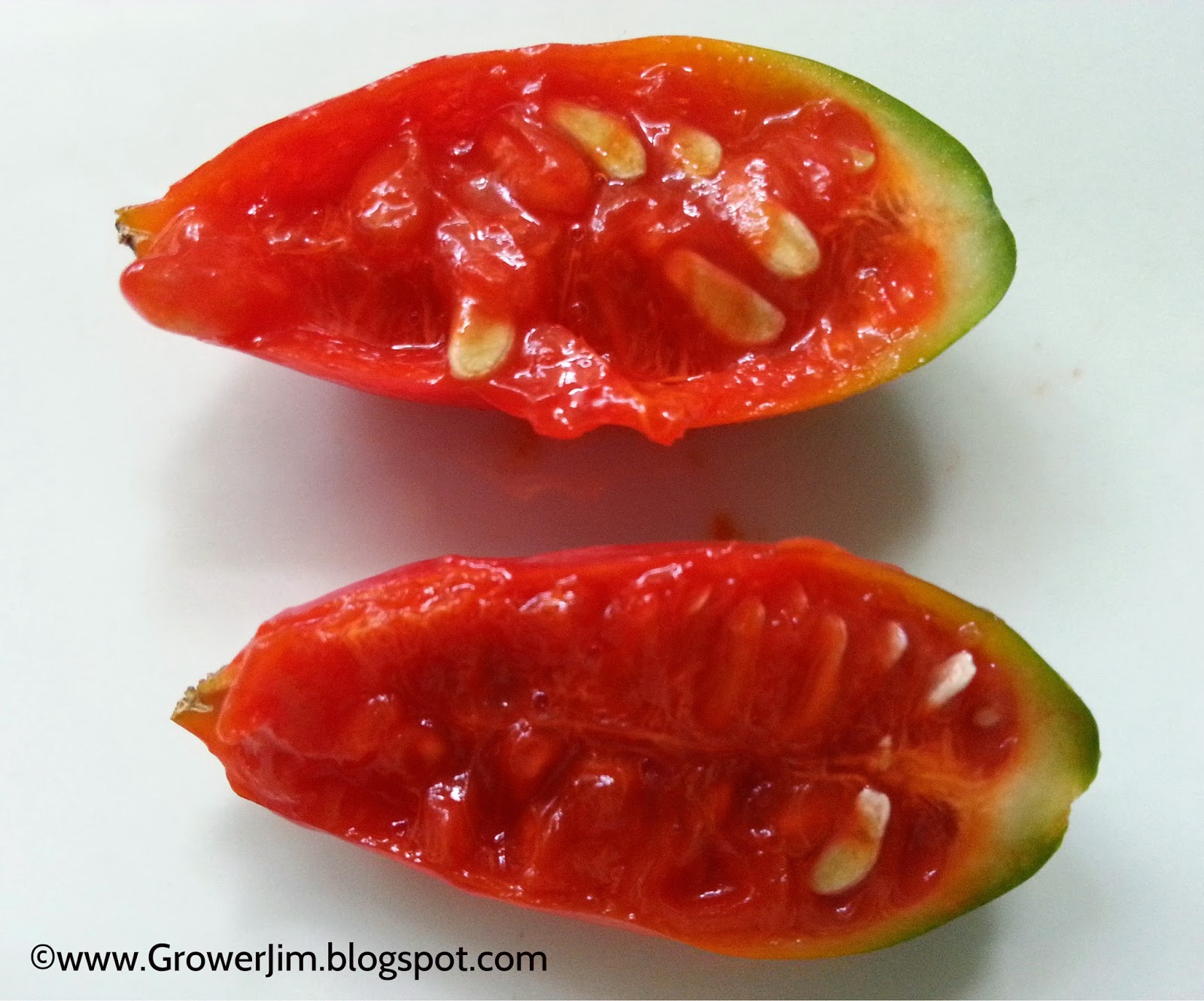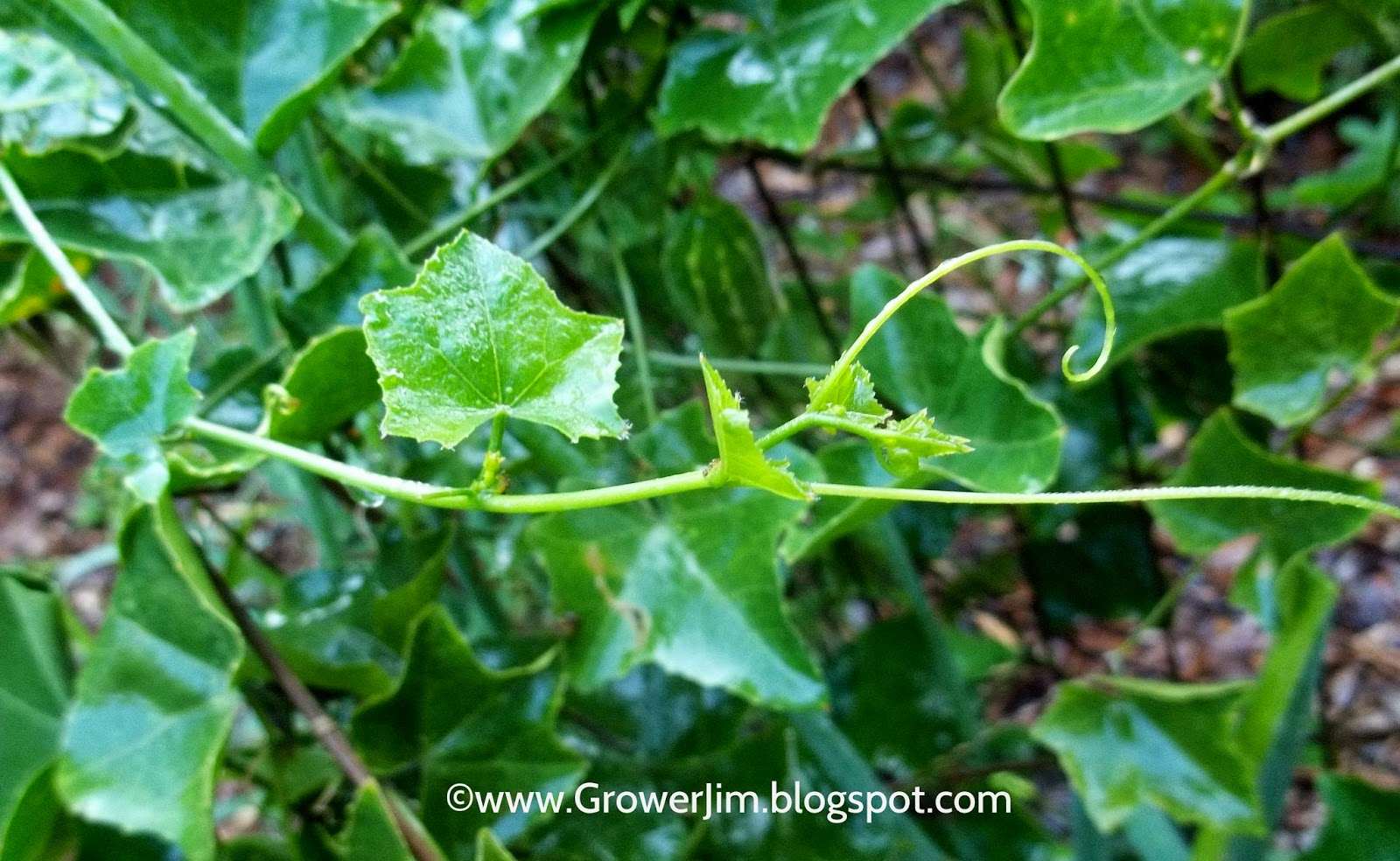Bolivian sunflower is sometimes known as Mexican sunflower, but that common name also applies to another Tithonia species, so to be completely accurate, just call it
Tithonia diversifolia! Some sources also list tree marigold as a common name.
This species grows fast and large, so give it plenty of space in the landscape. Plants can easily grow to 12 feet tall and wide in a single year.
The bright yellow, 6-inch diameter flowers can appear anytime there is active growth, but bloom production peaks in late summer and fall. There is a slight, pleasant fragrance if you put your nose right up to the flower. They need a full sun location for best flower production, but the plants will also tolerate some shade.
The leaves are large, hairy and deeply lobed. They can reach up to a foot in length.
Stems are rough and covered with prominent lenticels.
Stems often form aerial roots. If they bend over and touch the ground, they'll start a new plant.
The inside of the stem is filled with a lightweight, spongy xylem.
This quality makes the cut stems decompose quickly and is why
Tithonia diversifolia is frequently used as a "chop and drop" plant; the chopped leaves and stems can be used as a nutrient-rich mulch or compost. In poor soils, the chopped leaves and stems can be used as an alternative to commercial N-P-K fertilizers. Inter-cropping with
Tithonia has a positive effect on crop yields, provided you prevent it from taking over the other crops.
The base of the plant becomes trunk-like with age.
This species is native to Central America and Mexico, but has spread throughout tropical and subtropical regions world-wide. It is recommended for USDA Zones 9-11, but can be grown as a perennial in Zone 8.
The leaves are suitable fodder for cows and goats, and deer also love to browse on the nutrient-rich leaves.
Propagation is by seed or cuttings. The variety I grow is a sterile cultivar, so there's no worry about it spreading out of control.
An infusion of
Tithonia diversifolia leaves has been used in some folk medicines as a treatment for a wide range of maladies, including diabetes, cholesterol, sore throat and measles.
Lab studies indicate both positive and negative results.
Another study shows promising results as an anti-inflammatory and analgesic. Still
other studies have indicated a potential treatment for malaria and also use as a topical mosquito repellent.























